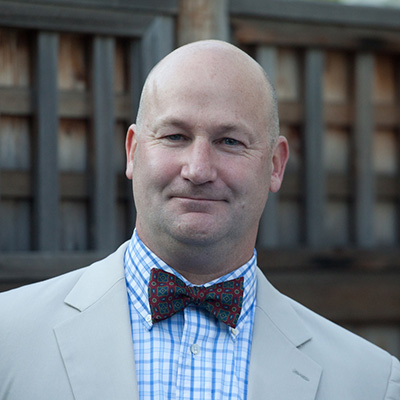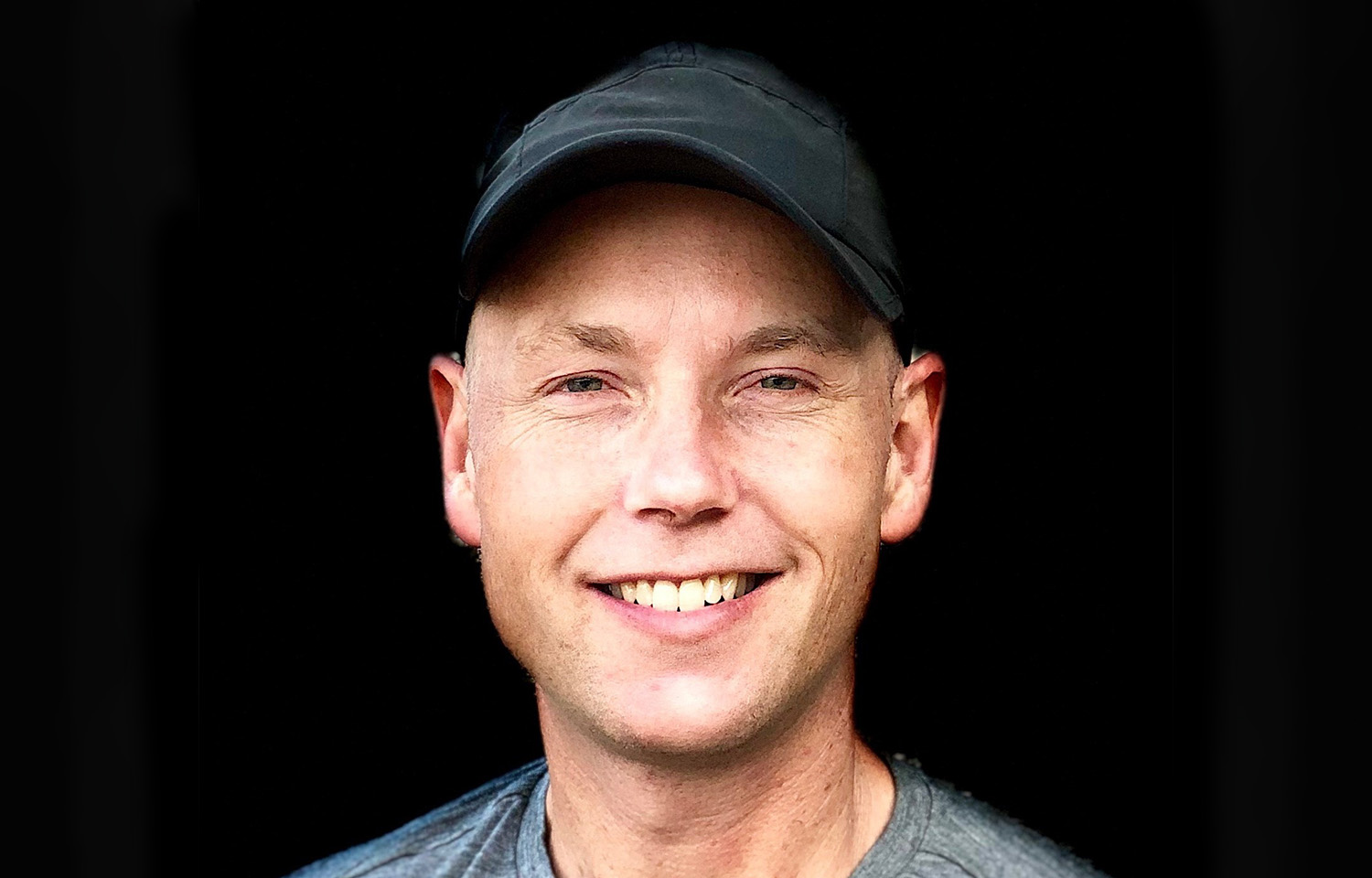ISEAL is a sustainability assessment organization that has been working to accelerate and improve the impact of sustainability systems and certification programs since 2000. ISEAL members operate in more than 100 countries in sectors including forestry, biomaterials, extractives, and seafood. Members include seafood-specific certification schemes such as the Aquaculture Stewardship Council, the Marine Stewardship Council, Fair Trade, Marin Trust, and Monterey Bay Aquarium Seafood Watch.
Patrick Mallet founded ISEAL and was its executive director from 2000 to 2005 and then later became its director of innovation. In this role, Mallet is responsible for ensuring that certification programs continue to evolve and meet new challenges and opportunities.
In an interview with SeafoodSource, Mallett discussed how certifications are evolving to support industries like seafood.
SeafoodSource: In seafood, certifications have been criticized recently for not meeting expectations. Is there a clear role certification plays in the marketplace to drive change, or is that role evolving?
Mallet: I think this speaks to my work directly, because the innovation part of the director of innovation role is understanding how government and business expectations around sustainability are changing and what that means for sustainability systems. Many of the sustainability systems we work with have been going through a massive transition over the last five to eight years to respond to these changing expectations.
Each one is different. The impacts are bigger in some places than others, and it tends to reward those enterprises that are well-organized and that are further along the sustainability journey. At the same time, all of these initiatives are mission-driven, so they're looking at certifications as part of the solution and exploring what else is needed.
Certifications can play a role, but we need systemic, deep collaborative changes, including through government policy, to shift the enabling conditions and create more equitable distribution of benefits through the supply chain – both for income improvements and improved livelihoods. These types of questions are more prominent now for sectors like seafood and are challenging sustainability systems to respond and adapt.
To make meaningful progress on some of the fundamental, complex sustainability issues that we're trying to shift, such as labor practices, deforestation, fisheries management, and biodiversity loss, we need more systemic solutions. The sustainability systems recognize this and are now trying to understand where they can be best placed to affect change. Many of these programs believe certification is their core business, but there are other things they can do – whether that's stakeholder conversations around critical issues, government advocacy, or looking at regional projects like landscape and jurisdictional or seascape approaches.
SeafoodSource: If certification schemes expand their scope, does that necessitate a move away from core business, or can they expand their scope and maintain their mission?
Mallet: If we recognize that the problems we are trying to address with interventions like certification are deeply embedded in our society and the root causes are not something that a single tool can address, you can see a disconnect between how certifications are perceived as, and often sold as, a solution to a company’s pain rather than one tool in the toolbox.
Ideally, we would get honest about an issue like human trafficking or forced labor and really try to understand how this is prevalent in our industry and how we can work to improve this situation.
The reality is that moving whole sectors or regions toward sustainability is a work in progress. Quite a few sustainability systems are reflecting this by focusing increasingly on improvement strategies to bring enterprises along. However, it’s hard to sell the message of “We are on a path to sustainability” because companies are, quite rightly, not keen to say publicly “We know there are bad things in our supply chain, and we're working to improve it.” Forget it. Nobody wants to say that.
[Aquaculture Stewardship Council CEO] Chris Ninnes’s recent op-ed touched on this dilemma in seafood. He provided a nice articulation of what certifications aspire to do in terms of the credibility of that process and that it's not going to be perfect. It's a strong case for credibility and verification as the core business of certification.
But the first half of the article was really about the nature of these problems being deeper than any one tool can address. While I do think that a sustainability tool like certification alone cannot solve these issues, they are essential to the solution. The efforts that are needed to address these systemic challenges are collaborative, multi-stakeholder initiatives that are working to drive some kind of systemic change.
SeafoodSource: There seems to be some headwinds against pursuing sustainability initiatives post-Covid. Is that just in seafood, and how does the industry address that if it is indeed the case?
Mallet: I think we have seen a shying away from sustainability across sectors, and it could be a confluence of issues coming out of Covid, such as seeing interest rates rise, as something as simple as that can trigger company-wide budget cuts that threaten the pre-Covid nice-to-have issues on the agenda, which is where sustainability and certification initiatives fall for many companies.
However, other conditions are changing that can be drivers for certification. In many sectors like forestry and on issues like human rights as examples, we are seeing an increase in both regulation and mandatory reporting and disclosure frameworks.
So, certification can not only play a role in helping companies address regulation and reporting mechanisms, which moves certification from a nice-to-have issue to a business imperative, but also can ensure companies realize the better alignment of market mechanisms and regulation is key to driving systemic change.
SeafoodSource: Is the relationship between market mechanisms, including national and international governance, one where the industry needs to start thinking about being innovative?
Mallet: I think that's absolutely right. It feels like this is one of the more significant shifts that I've seen in the 25 years I've been at this. There's the potential for regulations to have significant impacts on industries as governments try to implement supply chain oversight and reporting mechanisms that bring along inevitable hurdles or problems to work through.
One of the values that certification offers is that these credentialing bodies have many years of experience figuring out how these things work in practice. Certification systems become really good tools that can be recognized by governments or adopted by companies to meet their due diligence obligations or reporting obligations.
Therefore, a lot of our effort needs to go toward figuring out how these voluntary tools and mandatory regulations complement or supplement each other. For ISEAL, a lot of our focus is first supporting sustainability systems to be well-positioned to support regulations and reporting obligations and then figuring out how to get these initiatives recognized as implementation tools for those regulations.
SeafoodSource: Is there a dilemma between being innovative and providing assurance to the market?
Mallet: Innovation is not always about trying wild new things; innovation is more often about what changes we can make to get better at the things we do. In terms of certainty at ISEAL, we have an innovations fund that's donor-supported and that allows us to grant money toward sustainability systems across a wide range of topics. Some of these strengthen the certainty that certification provides, such as how we get better at verifying conformity or alignment with the standard, looking at risk-based practices, or how different sources of data can help triangulate where the problems are and focus assurance or auditing mechanisms there.
A lot of innovation these days is about data and data management, and you can see that at their core; many sustainability systems are data management tools that are gathering information, making sense of it and communicating it to other parties. That communication used to be as simple as a logo on a product, but now, it's much more about information on specific sustainability issues like climate, biodiversity, or human rights.
Then, there is innovation around improvement models, which is less about delivering certainty and much more about a journey enterprises go through. Ultimately, we want to move companies along a similar path, but there's a lot that needs to be figured out in this space. If you just look in the fisheries space around fishery or aquaculture improvement projects, the model is there, but perhaps the incentive structure isn’t driving change.
SeafoodSource: Can innovation help with the incorporation of social issues into certification?
Mallet: Within the seafood space, there seems to be a growing recognition that there are not just limits to the impact of certification and other market-based interventions but also unanticipated consequences that could be pushing communities out of supply chains or having a net negative social impact at a community level. That recognition is really important to improving systems in seafood because, like in some other sectors, sustainable seafood has been an environment-first priority, and community-level impacts have followed.
It's also interesting that some sustainability systems are exploring landscape and jurisdictional approaches or, in the case of the Aquaculture Stewardship Council, regional aquaculture approaches. These approaches hold promise for being more inclusive and creating an economic incentive for all enterprises in the region affected by that local economy – not just those enterprises that are built into international supply chains and that have traditionally benefited from certification.
SeafoodSource: How do you view the relationship between transparency, traceability, and certification?
Mallet: Certification, historically, has been a proxy for a relationship between the consumer and the producer, and in order for that to happen effectively, there has to be information flow between parties. In general, that information flow has been pretty poor in the sense that it's just a logo that's linked to an audit and that's the sole communication link between parties.
Information expectations have changed radically over the last 15 years; consumers and retailers expect to know specific things about production practices, such as where something was produced, who produced it, what were the conditions it was produced in, and what was the impact on the sustainability issue people care about.
That is challenging for certification systems, and they have been working hard to improve the quality of information that they have coming into their system in order to convey that information along the supply chain – whether through traceability or otherwise.
Blockchain is a potentially good tool for communicating any type of information along a supply chain or to an end user. It's good for the infallibility of the information, but it's only as good as the information going into it. So, whether it's blockchain or any other mechanism, certification’s role is about making sure that we have good-quality information entering the chain that reflects the type of information users want.
Certification systems are both trying to improve internally and build partnerships with technology providers to assist in that process, and they're all taking very different approaches. Legislation like the E.U. Deforestation Regulation is creating the impetus for sustainability systems to improve their traceability and data flow information systems so that they can be well-positioned in the future to provide specific information to specific users at a specific point in time in a specific format, potentially passing value back through the supply chain to the producers whose information is shared. That kind of tailored information provision is going to be really valuable going forward.








